Deforestation is happening at an alarming rate, and it’s crucial we talk about it. Did you know that every year, we lose forests covering an area almost the size of a country like Portugal? This isn’t just about losing trees; it’s about the profound impact on our climate, wildlife, and even our own survival. In the next few minutes, you’re going to see some numbers that might just take your breath away. We’re going to dive into how our forests are being wiped out, why this matters more than you might think, and what this means for our future.
Imagine walking into a lush, green forest, teeming with life. Now imagine that same area, barren and silent. That’s the reality we’re facing, not in some distant future, but right now. From the Amazon to the rainforests of Indonesia, the numbers tell a story of loss that affects us all. It’s not just about the trees; it’s about the countless species that call these forests home, the indigenous communities whose lives are intertwined with these ecosystems, and the global climate crisis that’s knocking at our door.
So, as you read on, think about the world we’re creating for the next generation. These statistics aren’t just numbers; they’re a wake-up call to understand the impact of our actions and to spark a conversation about change. Let’s explore this together and see what we can do to turn the tide on deforestation.
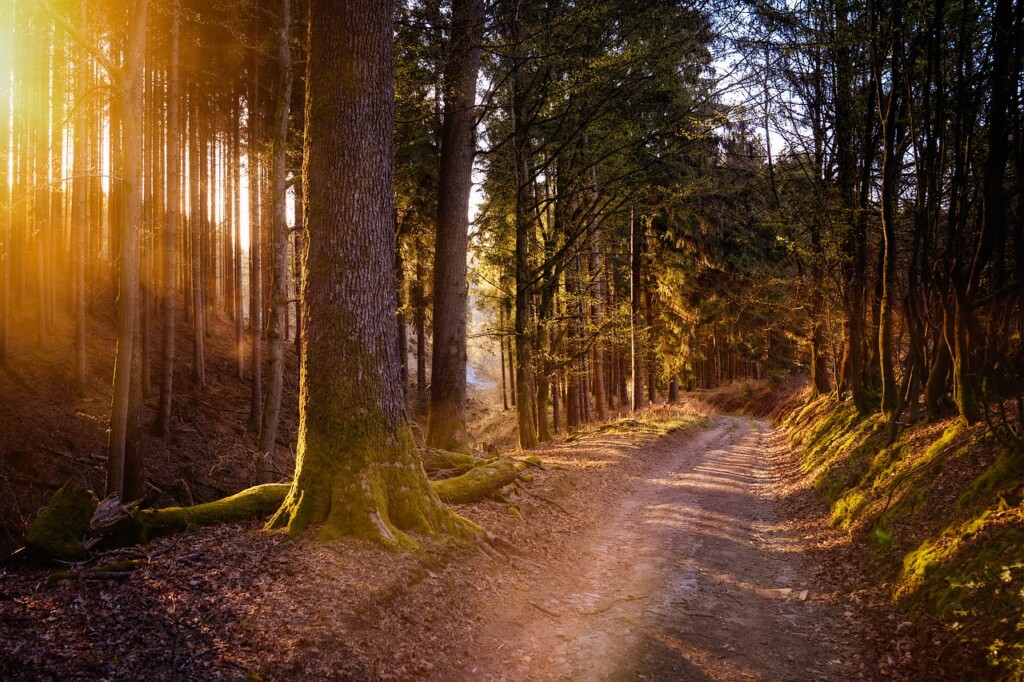
Deforestation remains a critical environmental challenge, even though we’ve made some progress. Since the 1990s, a staggering 420 million hectares of forest have vanished globally – that’s an area larger than several countries combined. Despite a slight decline in the rate of deforestation recently, the loss is still profound: around 10 million hectares of forest disappear annually. This crisis touches every corner of the globe, but certain regions bear the brunt more heavily.
In Africa, countries like the Democratic Republic of the Congo, Angola, and Tanzania are witnessing significant deforestation. South America is also deeply affected, particularly in Brazil and Paraguay, where vast stretches of forest are being cleared at an alarming rate. Southeast Asia is not far behind in this unfortunate trend, with countries like Indonesia, Cambodia, and Myanmar experiencing severe forest loss over the past decade.
The numbers are more than just statistics; they represent a global call to action. The continued loss of these vital ecosystems not only threatens biodiversity and contributes to climate change but also affects the lives and cultures of local and indigenous communities. It’s a stark reminder that while progress has been made, much more needs to be done to protect these green havens for future generations.

Deforestation is a major environmental issue, resulting in a significant loss of forest area annually. Approximately 10 million hectares of forests are lost every year globally, though about half of this is somewhat offset by the regrowth of forests. This net loss, primarily occurring in the tropics, is particularly concerning due to the high concentrations of biodiversity in these regions.
Indigenous communities are among the most affected by this rampant deforestation. These communities, stewards of diverse biodiversity and rich cultures, face severe repercussions. Their ancestral lands, integral for both sustenance and spiritual practices, are under constant threat from logging, mining, and farming activities. The period between 1990 and 2020 saw a global forest area decrease of around 178 million hectares, comparable in size to Libya, impacting the lives and traditions of these communities.
Around 370 million indigenous people across 70 nations, who manage about 20-25% of the Earth’s land surface, are particularly vulnerable. This land includes areas adjacent to regions containing 80% of the world’s biodiversity. Interestingly, deforestation rates on Indigenous lands tend to be 17-26% lower than the global average for unprotected tropical forests.
The cultural, economic, and health impacts of deforestation on indigenous people are profound. Forests are not just habitats for them; they are also centers for spiritual activities, traditional practices, and cultural identity. The loss of forests leads to significant cultural disruption, land conflicts, water contamination, and air pollution. Additionally, these communities rely on forests for food, income, medicinal plants, and hunting grounds. Deforestation, therefore, disrupts their self-sufficient economy and traditional healthcare practices, increasing their susceptibility to diseases and exacerbating poverty.
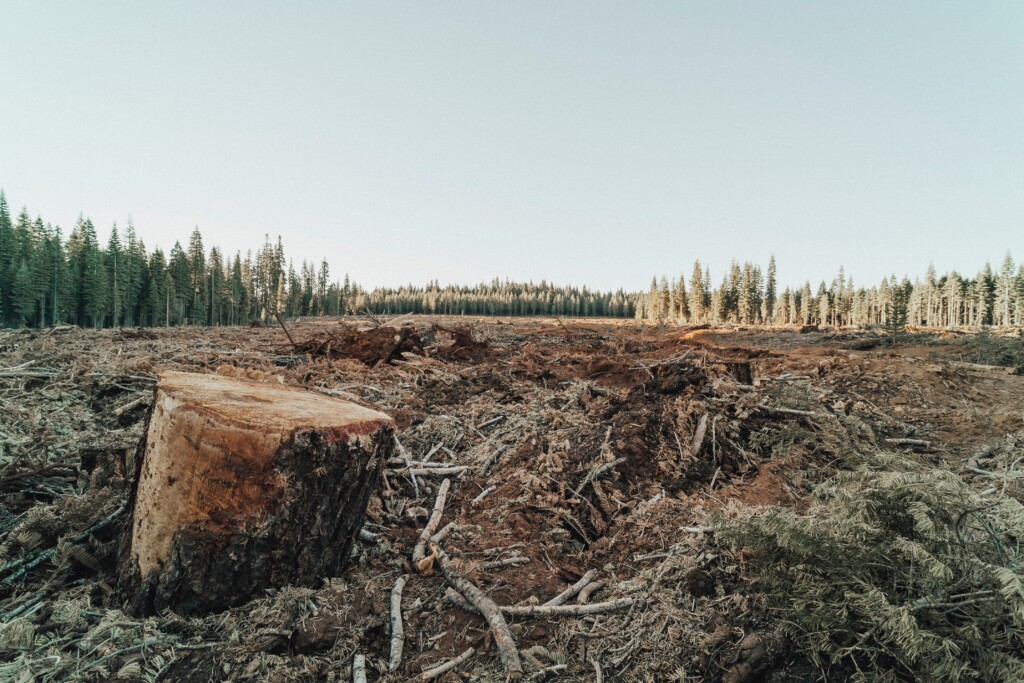
Once, our planet was a lush expanse of forests and grasslands. A staggering 71% of the Earth’s land, totaling 10.6 billion hectares, was draped in verdant forests, shrubs, and wild grasslands around 10,000 years ago. Fast forward to today, and the picture is drastically different. Human activities, primarily agriculture, grazing, and urban development, have transformed half of these lands, leaving the remaining forest and grassland coverage at just about 4.1 billion hectares.
This dramatic transformation of our planet’s green cover has occurred at an alarming pace. We’re currently losing forests at a rate that can be visualized as 27 soccer fields disappearing every single minute. This statistic is not just a measure of loss but a stark representation of the rapid changes our planet is undergoing due to human impact. It underscores the urgent need for sustainable practices and conservation efforts to protect what remains of these vital ecosystems. The rate of forest loss is not just an environmental concern; it reflects on our global responsibility to preserve the natural world for future generations, maintain biodiversity, and manage the effects of climate change.
An overwhelming 95% of global deforestation occurs in the tropics, with Latin America alone accounting for 59% and Southeast Asia for 28%. This deforestation is largely driven by the demands of developed nations. In these tropical regions, vast tracts of forest are cleared primarily to cater to the consumer needs of wealthier countries. Products like beef, vegetable oils, cocoa, coffee, and paper, often produced on lands cleared of forests, are exported in large quantities to satisfy international markets.
Countries like Russia, China, India, and the United States are notable for their significant contribution to deforestation in foreign lands. Their consumption patterns directly influence the rate at which tropical forests are being depleted. This not only causes environmental damage in the deforested regions but also has global repercussions, affecting biodiversity, climate patterns, and the livelihoods of local communities, including indigenous populations. This situation highlights the interconnectedness of global consumption and environmental impact, underscoring the need for sustainable practices and responsible sourcing in international trade.
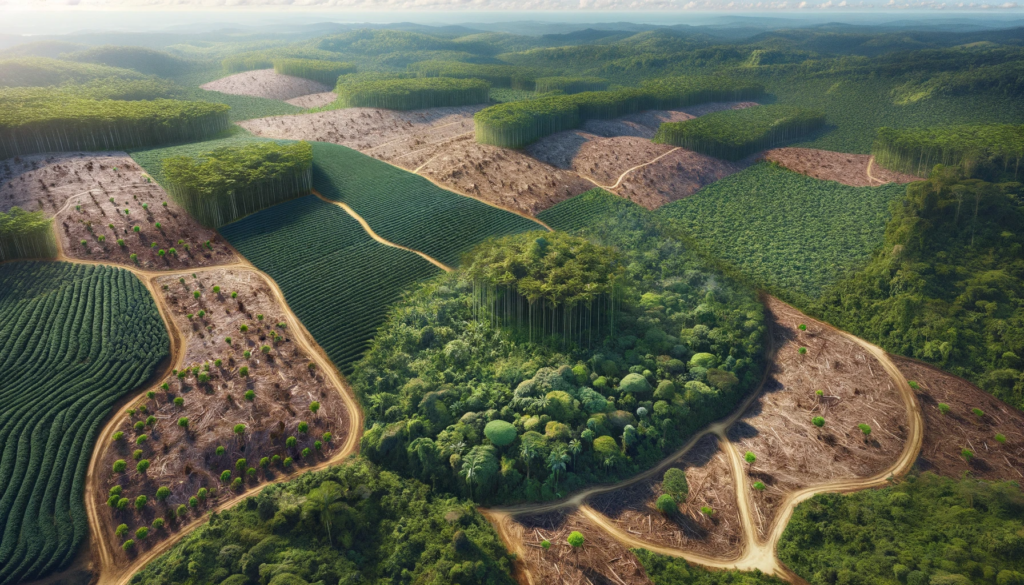
The fate of the Amazon rainforest, one of Earth’s most biologically rich areas, hangs in the balance as nearly 75% of tropical rainforests have now lost their resilience. This alarming statistic means that these forests are increasingly unable to bounce back from environmental disturbances like major wildfires and droughts. The loss of resilience is a critical concern, signaling that these ecosystems may be approaching a tipping point beyond which recovery is impossible.
If this trend continues, experts warn that a significant portion of the Amazon could irreversibly transform into savanna, marking a catastrophic shift in the ecosystem. This change would not only result in the loss of a vast number of trees but would also threaten nearly a quarter of the world’s biodiversity housed within these rainforests. Moreover, the Amazon serves as a vital carbon sink, currently storing around 400 billion tons of carbon dioxide. Its decline would release this stored carbon back into the atmosphere, exacerbating global climate change. This scenario underscores the urgent need for concerted global efforts to preserve these critical ecosystems and prevent a potential ecological disaster.
Forest degradation, a more pervasive issue than deforestation, threatens a vast expanse of the world’s forests. Currently, around 1.6 billion hectares of forest land face a high risk of degradation over the next decade. This degradation process weakens forest ecosystems, diminishing their capacity to provide essential goods and services to both humans and the natural world. While climate change plays a role in this decline, the primary cause is unsustainable and illegal logging activities.
In regions like Asia and Latin America, unsustainable timber extraction and logging are the principal culprits, accounting for over 70% of tropical forest degradation. In Africa, the situation is somewhat different but equally concerning. Here, the exploitation of forests for fuelwood and charcoal is rampant, driven by the lack of clean cooking fuels. Over 80% of people in Sub-Saharan Africa rely on wood for their cooking needs, further straining these delicate ecosystems.
The degradation of forests not only leads to a loss of biodiversity and habitat but also weakens the forests’ ability to act as carbon sinks, crucial in mitigating climate change. Moreover, it jeopardizes the livelihoods and cultural practices of local and indigenous communities, who depend on these forests for their sustenance and spiritual needs. Addressing forest degradation requires a multifaceted approach, including sustainable forestry practices, alternative energy sources for communities, and strong legal frameworks to combat illegal logging.
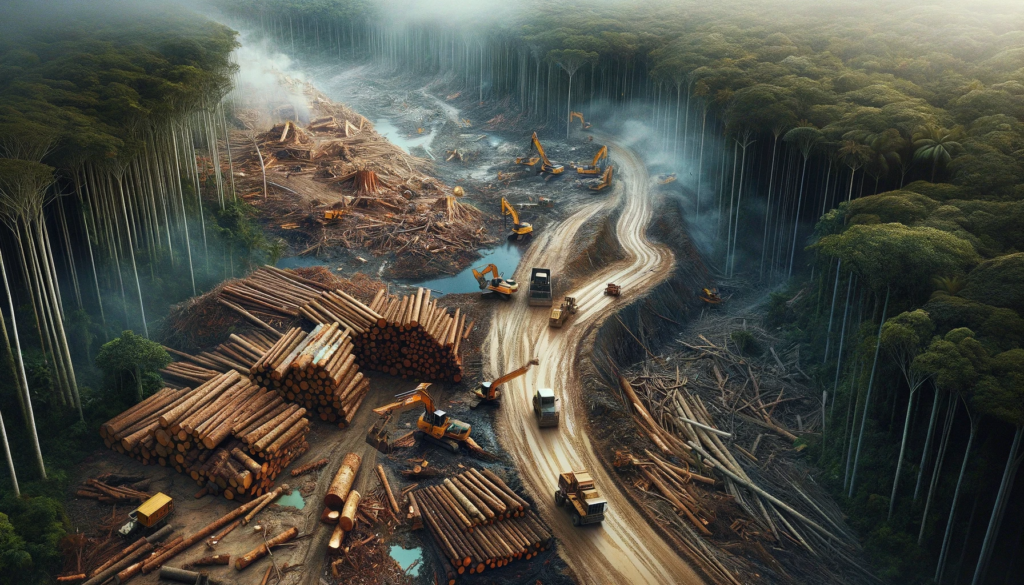
Haiti stands as a stark example of extreme deforestation, ranking among the world’s most deforested nations. The country’s native forests, once abundant, have been relentlessly cut down, leaving less than 40,000 hectares remaining. This drastic reduction has been driven by the need to clear land for agricultural pursuits like coffee, tobacco, and sugarcane plantations, as well as the extraction of charcoal, a primary energy source for the Haitian populace.
According to a study from Temple University, if current trends continue, Haiti faces the complete loss of its rainforests within the next two decades. This potential ecological disaster brings the country perilously close to losing a significant portion of its rich biodiversity. Haiti is home to nearly 500 species of amphibians, mammals, and reptiles, with 16.2% being endemic to the country. This means that these species, found nowhere else in the world, are at serious risk of extinction. Additionally, 15.6% of these species are already threatened, underscoring the urgency of the situation. The loss of these forests not only spells disaster for these unique species but also for the ecological balance and environmental health of the region.
The loss of trees in urban areas across the United States remains a significant and ongoing concern. Recent studies have confirmed that U.S. cities continue to lose an astounding number of trees each year. The current estimates indicate that approximately 36 million urban trees are lost annually across the country, which equates to around 175,000 acres of tree cover in urban, suburban, and exurban fringes.
The implications of this loss are profound. Urban trees play a critical role in enhancing air and water quality, reducing summer energy costs by providing shade, mitigating noise, managing runoff and flooding, and improving human health and well-being. The estimated value of the benefits lost due to this decline in urban tree cover is conservatively valued at $96 million per year.
Moreover, trees in urban areas are essential for removing air pollution, sequestering carbon, conserving energy, and reducing power plant emissions. Their loss has been linked to a range of environmental and public health issues. Furthermore, the study by Nowak and Greenfield, using paired aerial photographs from Google Earth, revealed that about 23 states experienced a significant loss of tree coverage, highlighting the widespread nature of this problem.
Compounding the issue, many American cities have seen an increase in “impervious surfaces” – areas like asphalt that cannot soak up water – by 1 percent. Alarmingly, about 40 percent of these new impervious areas were developed on land where trees once grew, further diminishing the urban green spaces.
These statistics underscore the urgent need for strategies that prioritize tree planting and preservation of green spaces in urban planning and development, not only for environmental sustainability but also for the overall health and well-being of urban populations.
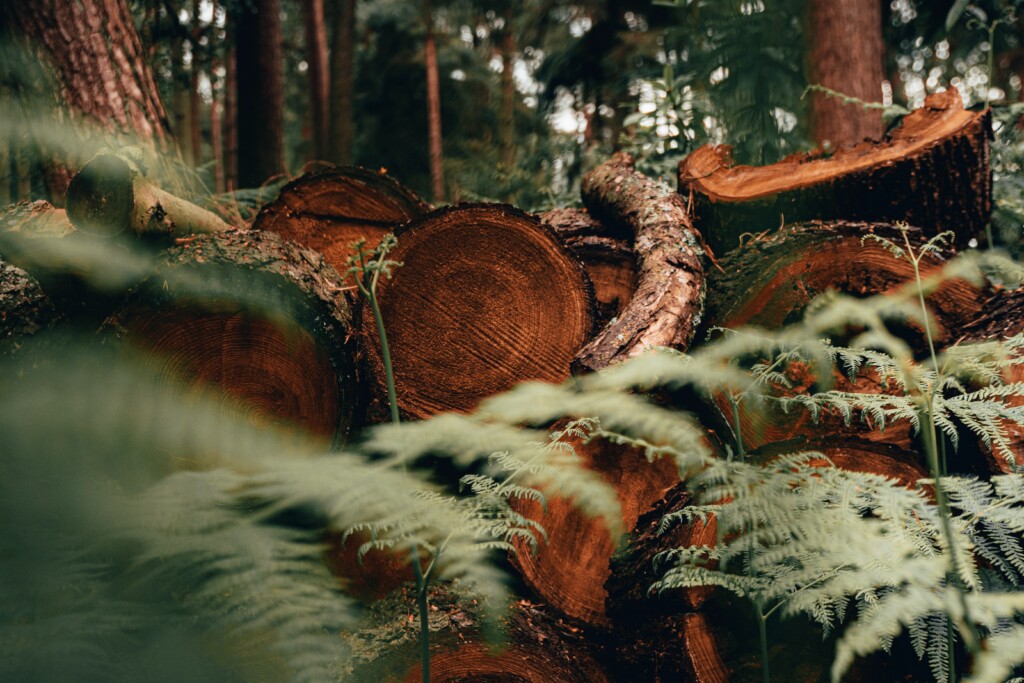
Tropical deforestation significantly contributes to global greenhouse gas (GHG) emissions, but the current consensus among climate scientists is that CO₂ emissions from tropical deforestation make up less than 10% of global warming pollution. This decrease over recent decades is attributed to some success in reducing deforestation and the fact that greenhouse gases from burning fossil fuels have continued to rise, becoming the principal cause of climate change.
The primary drivers of tropical deforestation include the production of globally traded commodities like beef, soybeans, palm oil, and wood products. In the Amazon, the world’s largest tropical forest area, deforestation is mainly driven by clearing land for commodity crops, particularly pasture for beef cattle and soybean cropland. In contrast, Southeast Asia’s deforestation is largely driven by the establishment of palm oil plantations. This region also features substantial areas of peat soil, which release significant amounts of CO₂ when cleared and drained.
Tropical forests play a crucial role in carbon sequestration. Mature tropical forests have removed over a billion tons of heat-trapping gases from the atmosphere in the past, and even young secondary forests (regrowing after clearing) contribute substantially to carbon sequestration. Their potential sequestration is estimated at about 40% of what could be achieved by ending deforestation. Besides reducing global warming pollution, preserving tropical forests is vital for maintaining biodiversity, regulating regional rainfall, and preventing floods and droughts, thus supporting sustainable development.
Agriculture is a major driver of tropical forest loss, contributing to nearly 90% of global deforestation, as revealed by the Food and Agriculture Organization of the United Nations (FAO). This deforestation is primarily due to the conversion of forests into cropland and areas for livestock grazing. More than half of the forest loss worldwide is attributed to the transformation of forests into croplands, while livestock grazing is responsible for almost 40% of forest loss.
The FAO’s Global Forest Resources Assessment highlights that since 1990, we have lost 420 million hectares of forest. Although there has been a slowdown in global deforestation, tropical rainforests continue to be under significant pressure from agricultural expansion. In tropical biomes, the majority of deforestation occurred between 2000 and 2018, with the highest rates still seen in the rainforests of South America and Asia despite some reduction in these regions.
Agriculture remains the primary cause of deforestation in all regions except Europe, where urban development plays a larger role. In Africa and Asia, over 75% of forest area loss is due to conversion to cropland. South America, on the other hand, sees almost three-quarters of its deforestation driven by livestock grazing. These statistics demonstrate the significant impact of agricultural practices on tropical forests, emphasizing the need for sustainable approaches to meet the growing demand for agricultural products while preserving vital forest ecosystems.
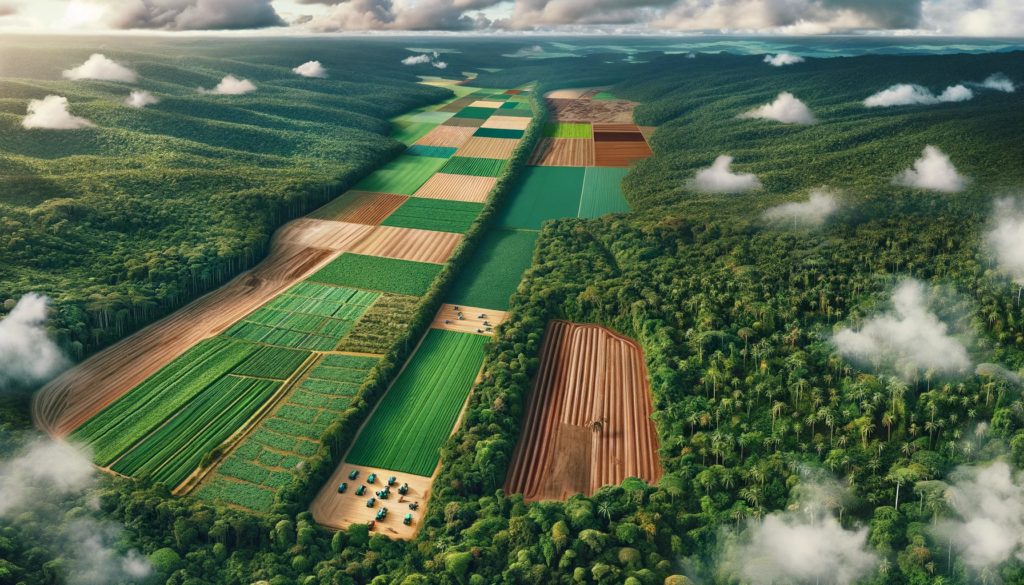
Deforestation significantly increases the risk of zoonotic diseases, such as COVID-19, jumping from animals to humans. When forests are cleared, it disrupts natural habitats, forcing wildlife to interact more closely with each other and with humans. This increased proximity enhances the likelihood of virus mutations and cross-species transmission. Alessandra Nava from the Biobank research center explains that placing different species, which are not naturally close to one another, in the same environment facilitates virus mutations jumping between species.
Dr. Christine Johnson of the University of California, Davis, highlights that as natural habitats diminish, wildlife comes into closer contact with people, raising the probability of disease transmission. The Centers for Disease Control and Prevention (CDC) reports that three out of four new or emerging infectious diseases in humans originate from animals, with six out of ten known infectious diseases in humans being zoonotic. COVID-19, for instance, is believed to have originated in bats, though the exact pathway of transmission to humans remains unclear. Roger Frutos, a specialist in infectious diseases, links the emergence of novel coronaviruses from bats to environmental changes.
Moreover, the World Economic Forum notes that the increased chance of zoonotic disease transmission is a direct consequence of deforestation. As natural habitats are cleared, it escalates the risk of diseases like COVID-19 emerging and causing pandemics. These insights underline the critical need to preserve natural habitats and forests to mitigate the risk of future pandemics and protect global health.

The future of the world’s rainforests is a matter of grave concern. As of 2023, forests cover approximately 31% of the earth’s surface, totaling around 4.06 billion hectares. However, only 18% of these forests are protected against deforestation. Since 1990, over 420 million hectares of forest have been lost. The rate of forest loss has shown some decline over the years: from an average of 15.5 million hectares destroyed annually between 1990 and 2010, to 12 million hectares per year between 2010 and 2015, and then 10 million hectares annually between 2015 and 2020. Despite this decline, the loss in 2020 alone was 25.8 million hectares, double the amount lost in 2001.
Most alarmingly, projections suggest that by 2030, only 10% of the world’s rainforests may remain. This stark forecast highlights the urgency for concerted global efforts in forest conservation and sustainable management to prevent a catastrophic loss of these vital ecosystems.
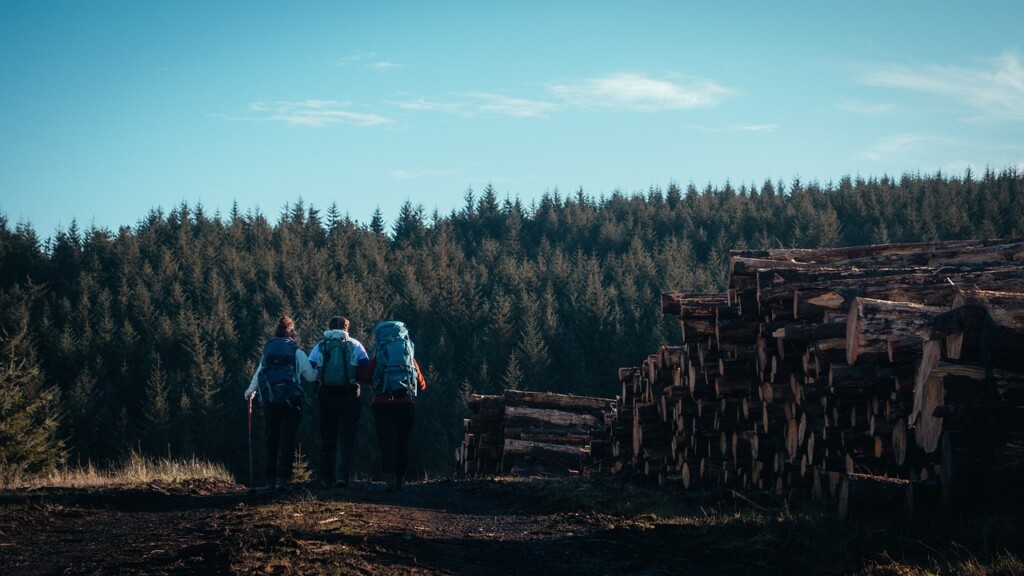
In the face of global deforestation, individual actions can collectively make a substantial impact. Here are several practical steps you can incorporate into your daily life to help combat deforestation:
🌳 Conscious Consumer Choices: Opt for products with certifications like FSC (Forest Stewardship Council), which indicate they come from sustainably managed forests. Be mindful of the paper and wood products you buy.
♻️ Reduce Paper and Wood Consumption: Minimize paper use by going digital wherever possible and recycle paper and wood products. Choose products made from recycled materials.
🗣️ Support Sustainable Brands: Support companies that have clear, sustainable practices and are committed to reducing deforestation. This can include everything from furniture makers to food producers.
📖 Educate Yourself and Others: Stay informed about deforestation and its impacts. Share knowledge with friends and family to raise awareness.
🥗 Eat a Plant-Based or Reduced-Meat Diet: The livestock industry is a major driver of deforestation. Reducing meat consumption, especially beef, can lower the demand that drives forest clearing for pasture and feed crops.
🌱 Plant Trees: Participate in or donate to tree-planting initiatives. Trees absorb carbon dioxide, helping to mitigate climate change.
💪 Advocate for Change: Contact elected representatives to support policies that protect forests. Engage in community discussions and support local conservation efforts.
👏 Support Indigenous and Community Forestry: Indigenous and local communities often manage forests sustainably. Support these communities through ethical tourism, advocacy, and purchasing products made by them.
🌴 Use Eco-Friendly Products: Choose eco-friendly and biodegradable products over those that contribute to deforestation, such as certain palm oil products.
Each of us holds the power to make a difference in the fight against deforestation. By incorporating these simple yet effective steps into our daily routines, we can collectively contribute to preserving our planet’s precious forests. From mindful consumption and supporting sustainable practices to advocating for policy changes and educating others, our individual actions can create a ripple effect leading to significant environmental impact. As we move forward, let’s remember that safeguarding our forests is not just about protecting trees; it’s about preserving the biodiversity, climate, and health of our planet for future generations.
Stay a while and read more posts like this
Let’s devote a few minutes to envision our world in 2100. It’s quite a thought experiment, given the dramatic transformations our planet has experienced in...
With climate change looming large, the world is embarking on a quest for solutions to heal our ailing planet. Solar geoengineering emerges as a burgeoning field,...
Taking on parenthood comes with unique choices that factor in more than just our family’s immediate needs. For modern parents, who are not just guardians of...